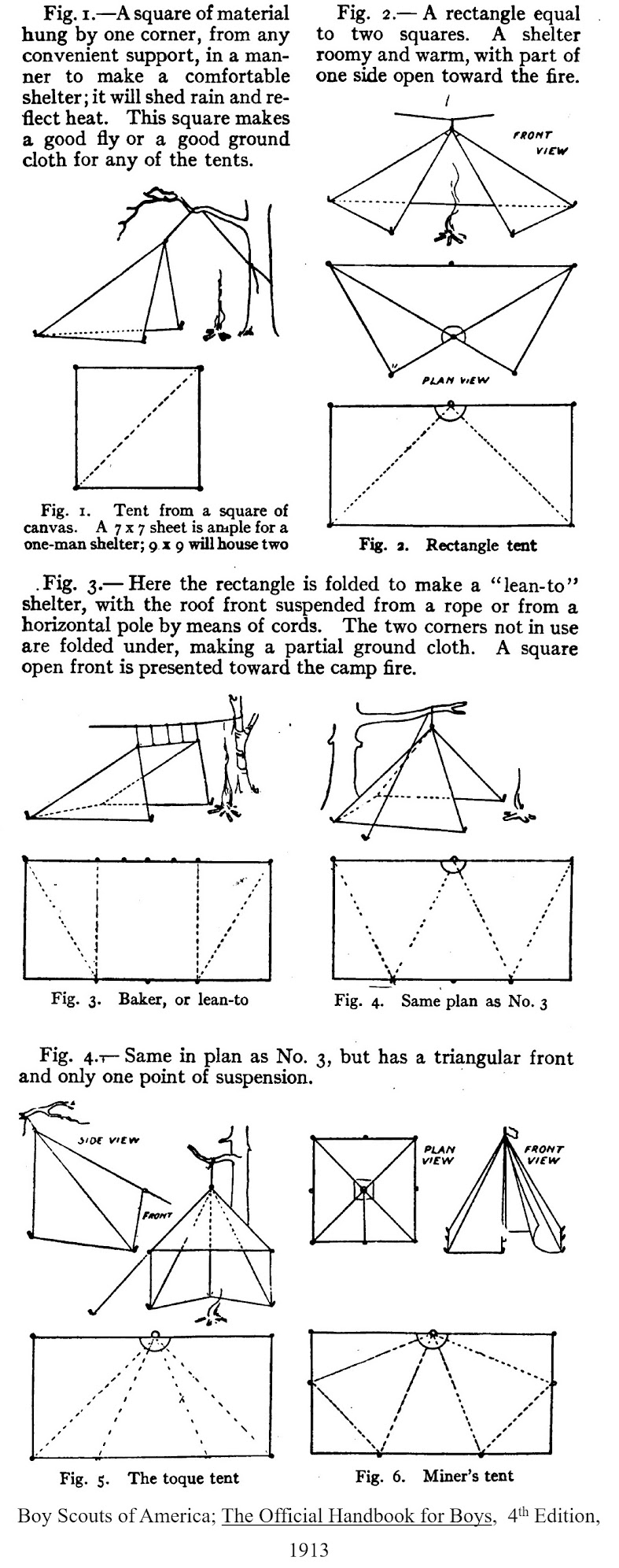A
“walk in the woods”, the Urban Dictionary1
says that means “a big waste of time and effort, as in when a when a hunter
comes back empty handed”. I went
on a walk in the woods at Chestnut Ridge Park the other weekend, but I didn’t
think it was a big waste of time and effort!
The
flame behind the falls was burning brightly, but it hadn’t rained recently, so the
falls were dry, and it wasn’t very photogenic, but I did see some other cool
things.
A big patch
of partridge berries...
I
found a big patch of partridgeberries (mitchella
repens), with lots of ripe, bright red berries. I knew that they were partridgeberries, not american
winter green, because of the smooth-edged leaves, with the bright greenish-yellow
leaf vein.
For
more on partridge berries read “American Wintergreen or Partridgeberry? ...
That is The Question©”, HERE.
A pawpaw
tree...
I had never seen a pawpaw tree before, not because they are rare,
although the Lake Erie shoreline is at the northern end of their range, but
because their leaves resemble the leaves of the spicebush, shagbark hickory, white
ash, and magnolia trees. But just like oaks,
beeches, and american chestnut trees, the leaves of pawpaw trees stay attached
to their branches until late in the fall, so it is easier to identify them in
the late fall than during the summer.
Pawpaw leaves are large and oval, and they alternate on the branch, they
have smooth edges, and the trunks have bark that is mostly smooth, with a series
of small, darker bumps on the bark.
An american
chestnut tree...
Absolutely, the coolest thing that I found on my walk, was a living american
chestnut, castanea dentata, tree!
It was only a small shoot growing from the roots of a tree that had died
of chestnut blight fungus, cryphonectria parasitica, but it was alive! The american chestnut is critically endangered,
not extinct, because the blight infects and slowly kills the trunk of tree,
leaving the roots alive. This shoot is
most likely a third generation sapling, growing from the existing root system
of an original tree that had died from the blight in the early 1900s.
The american chestnut once grew to truly mammoth sizes, and now they are
mostly gone, but several groups are working to find a way to make them
resistant to the blight, so maybe someday they’ll be back, growing to their
full gigantic size!
So, my walk in the woods wasn’t a big waste of time and effort, and I
don’t think I came back empty handed, because I found some truly cool plants!
Don’t forget to come back next week and read “Clo Values...What? ©”,
where we will talk about how warm clothes are and what to wear to stay
comfortably cold in the winter outdoors.
I
hope that you continue to enjoy The Woodsman’s Journal Online and look for me
on YouTube at BandanaMan Productions for other related videos, HERE. Don’t forget to follow me on both The
Woodsman’s Journal Online, HERE,
and subscribe to BandanaMan Productions on YouTube. If you have questions, as always, feel free
to leave a comment on either site. I
announce new articles on Facebook at Eric Reynolds, on Instagram at
bandanamanaproductions, and on VK at Eric Reynolds, so watch for me.
That
is all for now, and as always, until next time, Happy Trails!
Notes
1
“a walk in the woods -- When a hunter comes back empty handed. The hunting isn't always for animals, and can
mean an effort that didn't pay off. A big waste of time and effort” . HERE
Sources
Grow
It, Build It, The Blog; “The Pawpaw Tree – A Guide To America’s Native Tropical
Fruit”, [Copyright 2023], https://growitbuildit.com/pawpaw-tree-asimina-triloba/,
accessed November 24, 2023
Immel, Diana, and Anderson,
M. Kat; “PAWPAW Asimina triloba (L.) Dunale.”, [USDA NRCS Plant Guide], https://plants.usda.gov/DocumentLibrary/plantguide/pdf/cs_astr.pdf,
accessed November 24, 2023
Ross, Kathy N.; “Memory
of great forests – and hope for restoration American chestnuts once dominated
Appalachian region's forests”, August 27 2022, [The Mountaineer] https://www.themountaineer.com/news/haywood_history/memory-of-great-forests-and-hope-for-restoration/article_b4995be6-249d-11ed-a0ca-ff700334e153.html,
accessed November 25, 2023
USDA, “Asimina triloba
(L.) Dunal. pawpaw”, [USDA NRCS Plants],
https://plants.usda.gov/home/plantProfile?symbol=ASTR, accessed November 24, 2023
Wikimedia; “A close-up of
the gas-lit flame below Eternal Flame Falls in Chestnut Ridge Park, Orchard
Park, NY”, by Mpmajewski, May 1 2009, https://commons.wikimedia.org/wiki/File:Eternal_flame_falls_7252.jpg,
accessed November 25, 2023











,_plate_IX,_opposite_21_-_BL%20trimmed.jpg)



















,_plate_IX,_opposite_21_-_BL%20trimmed.jpg)